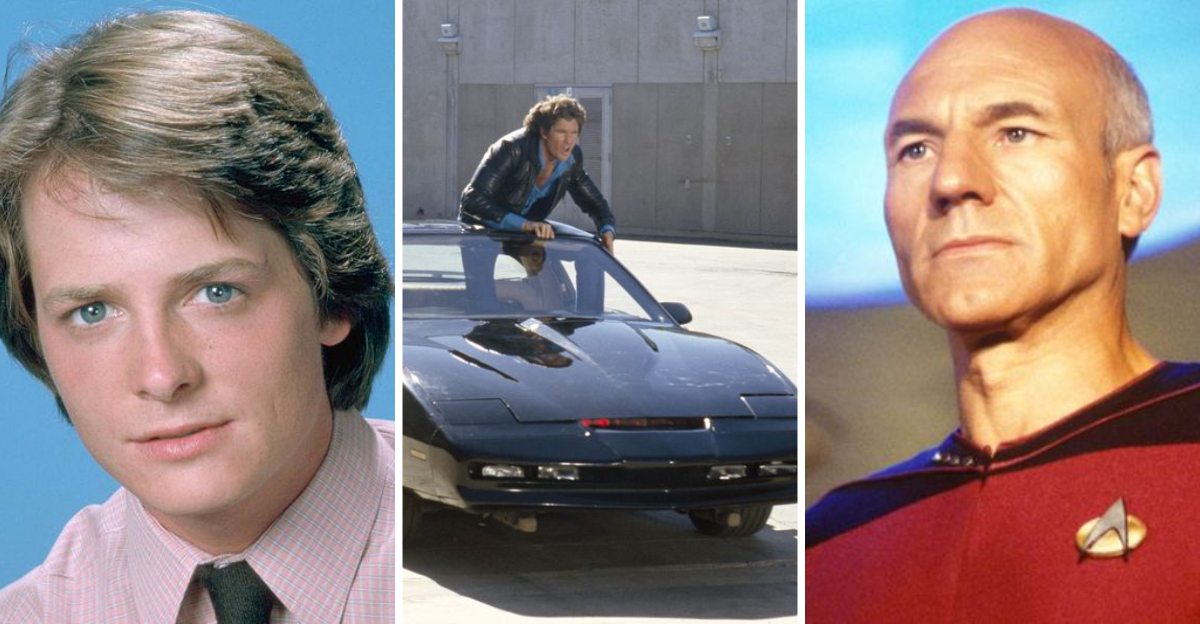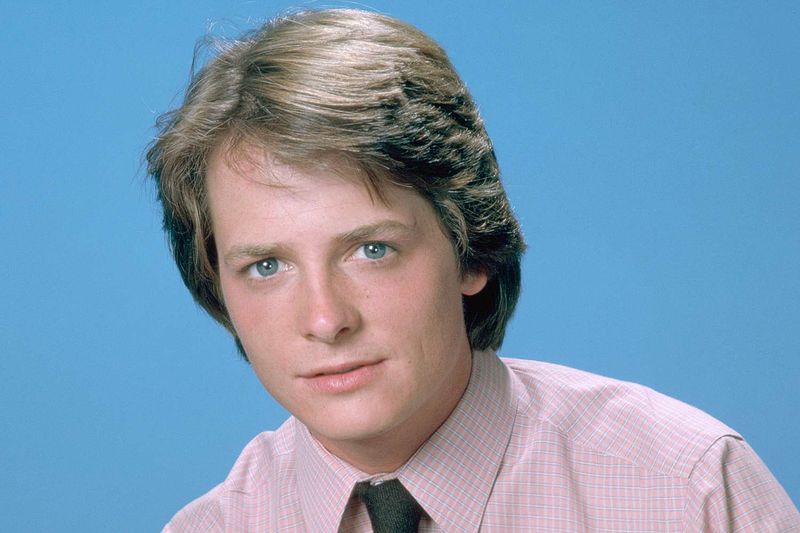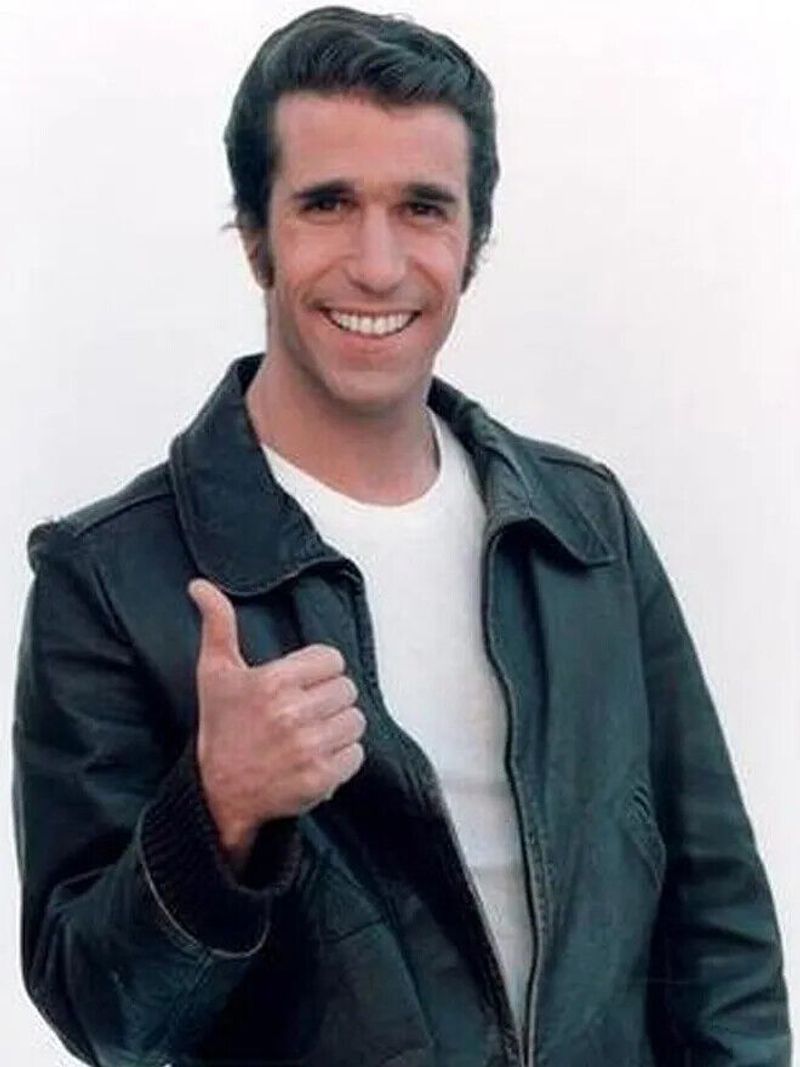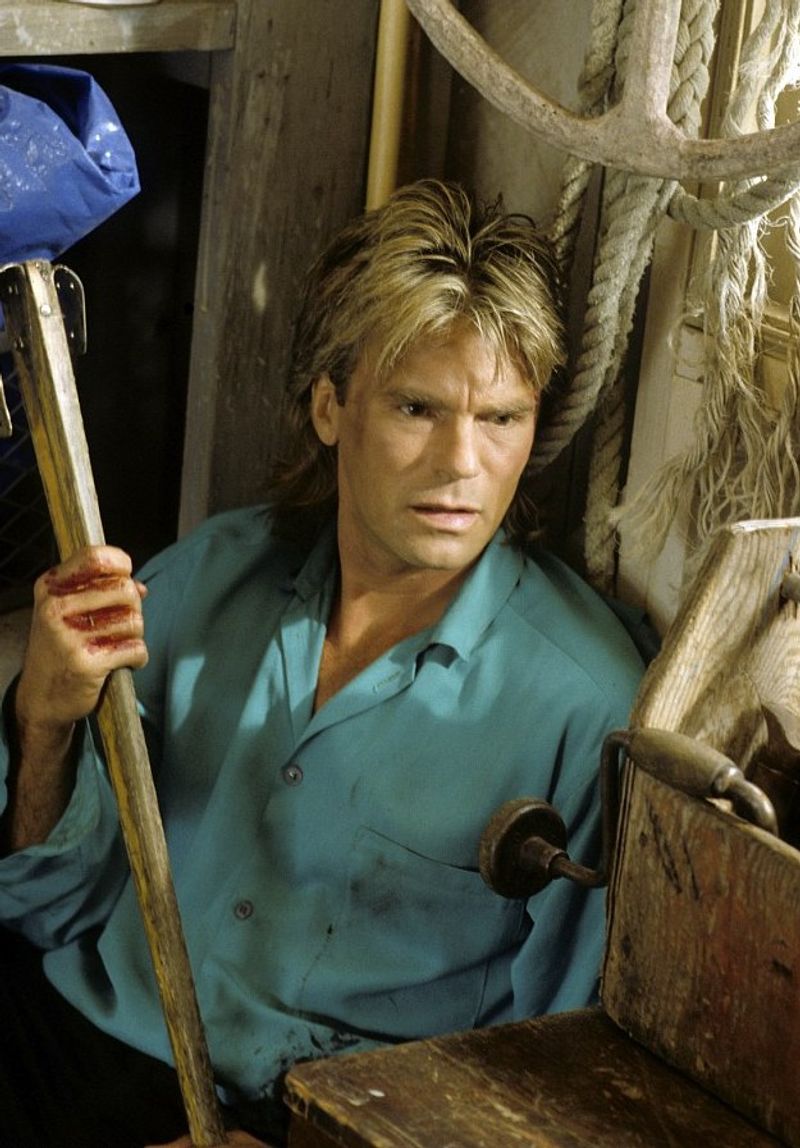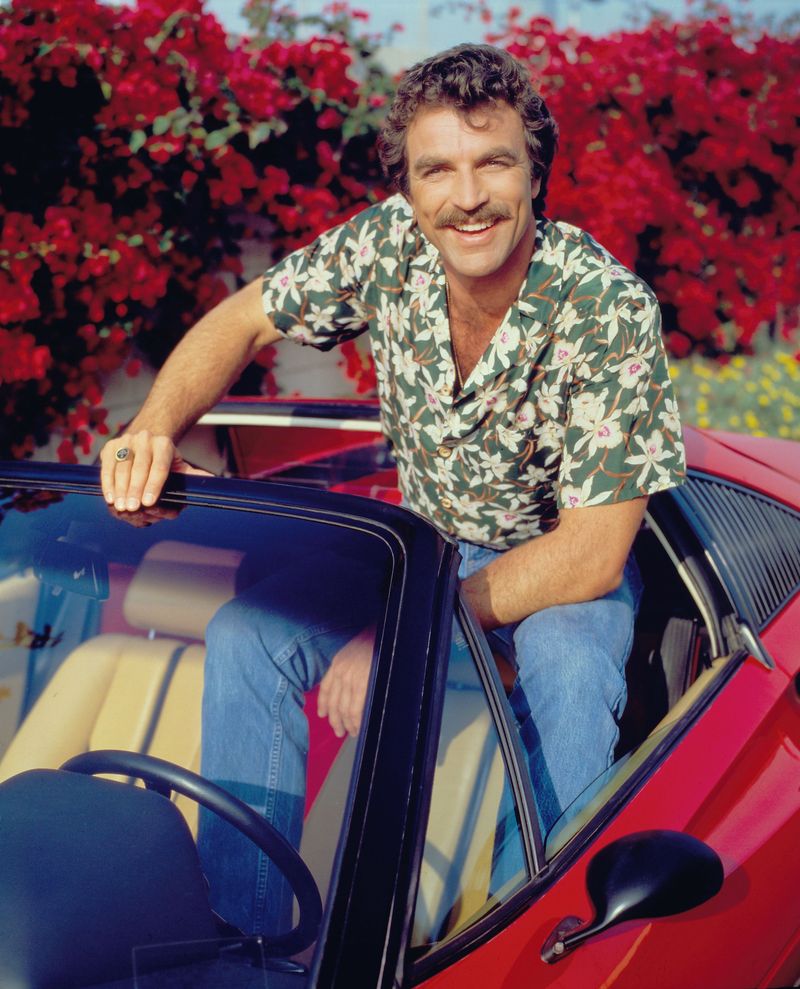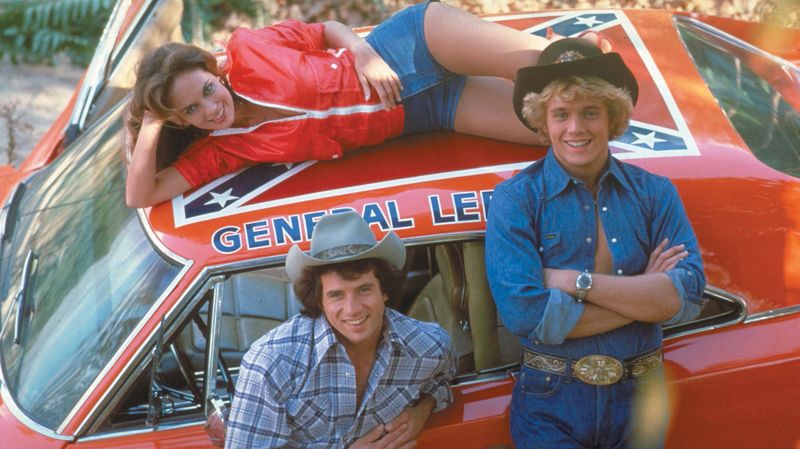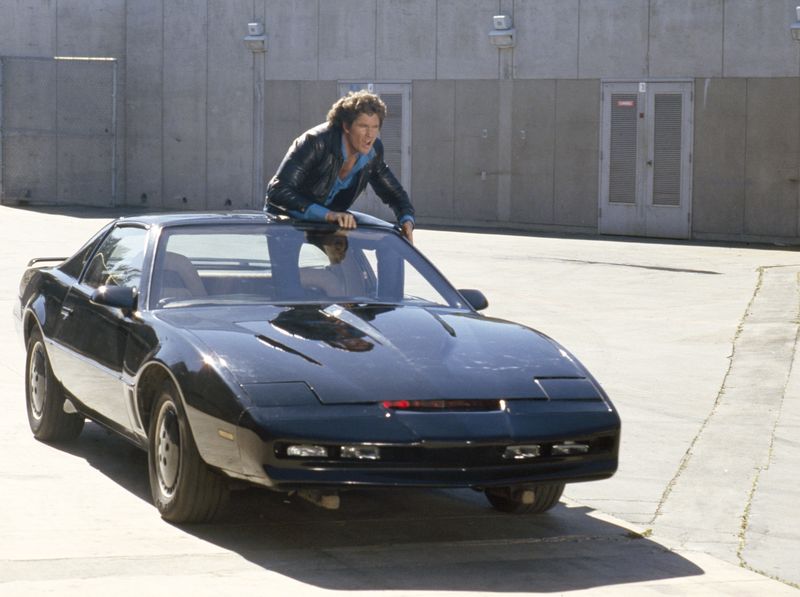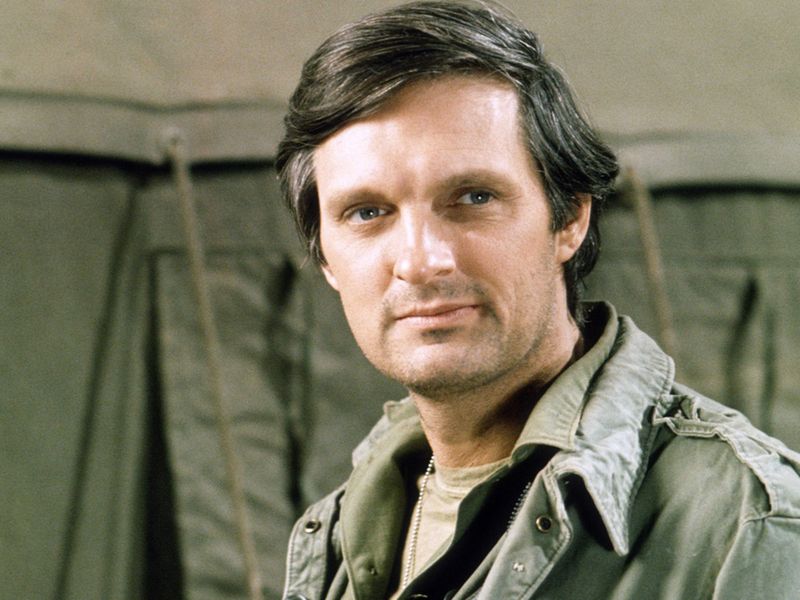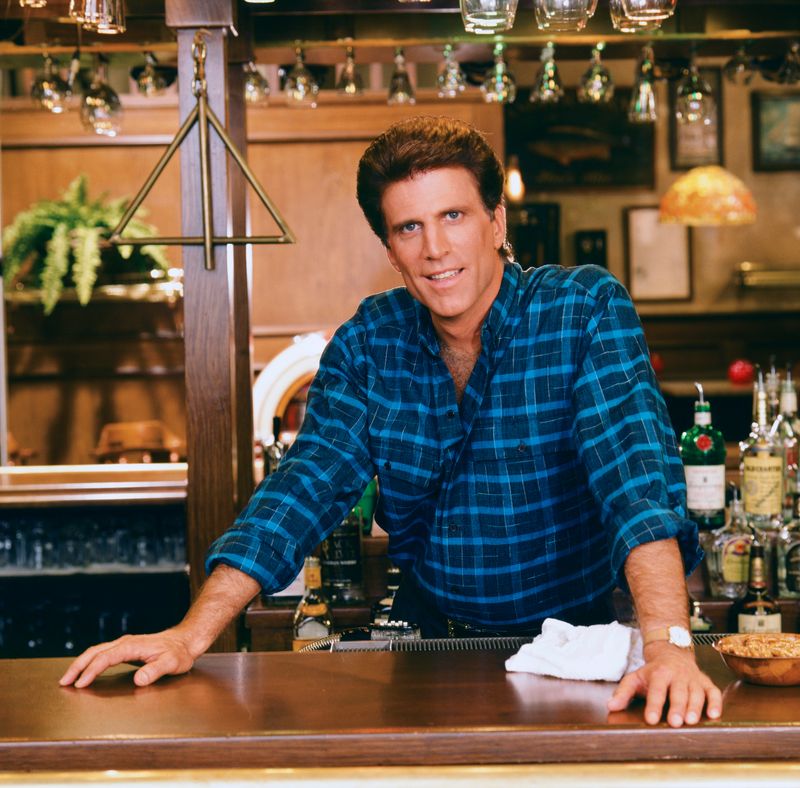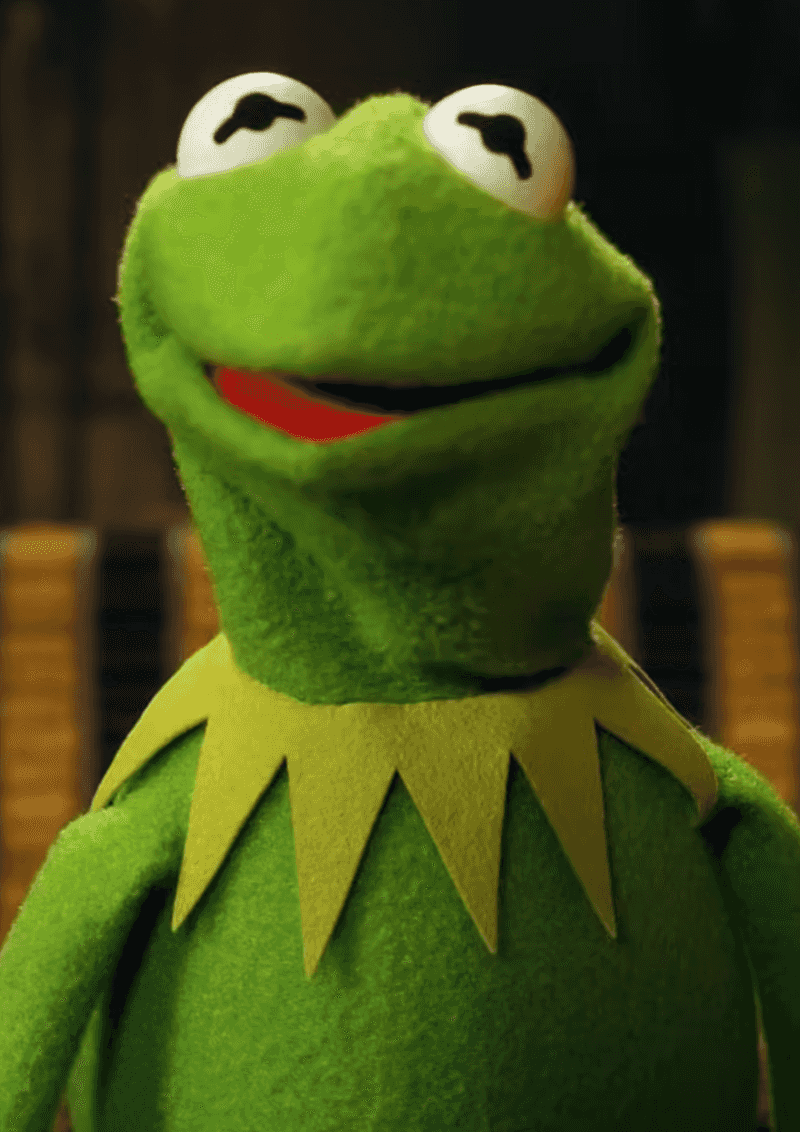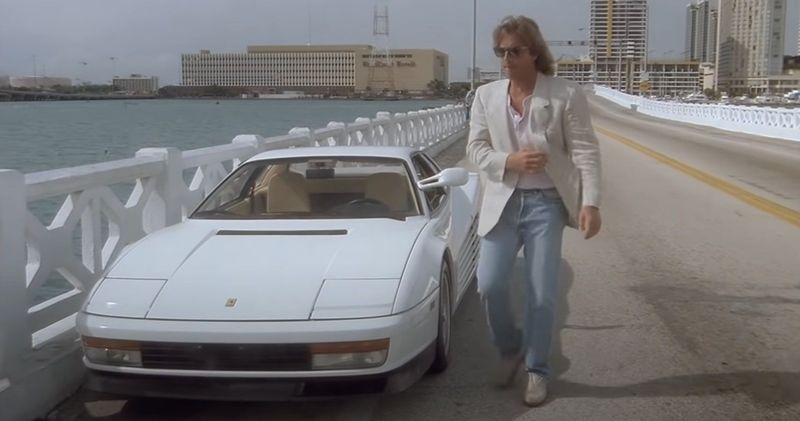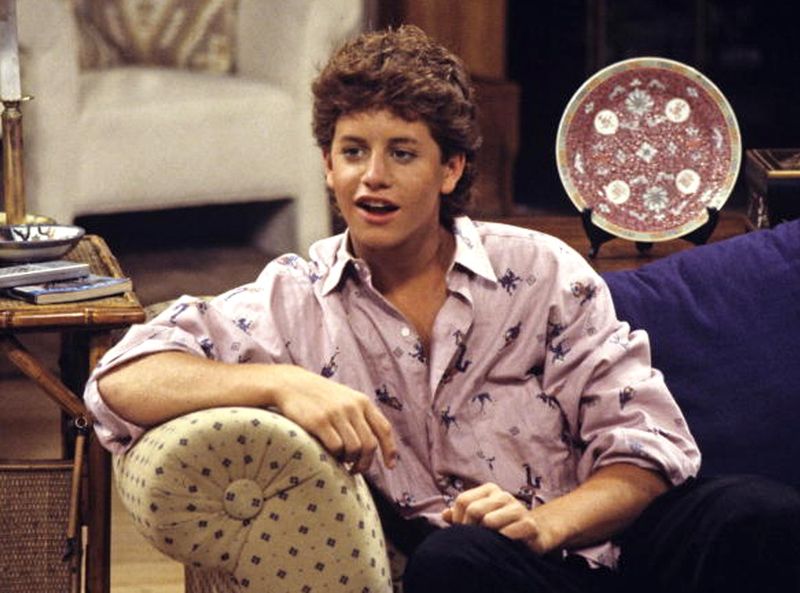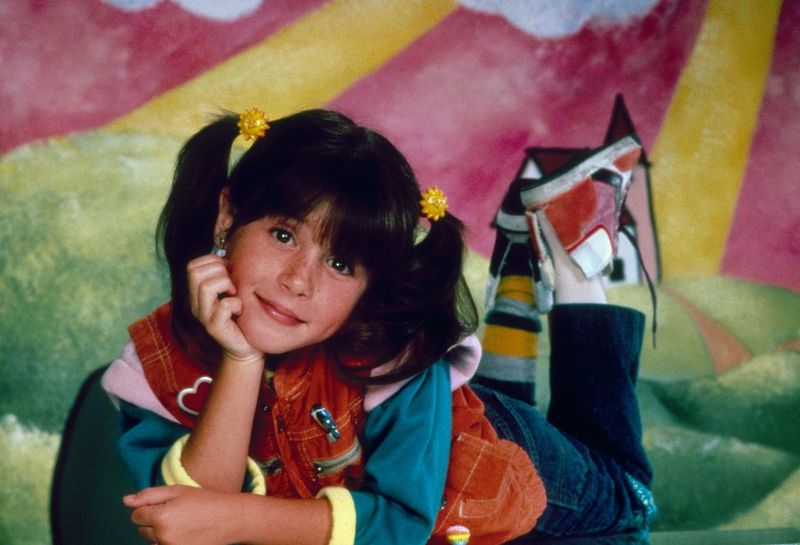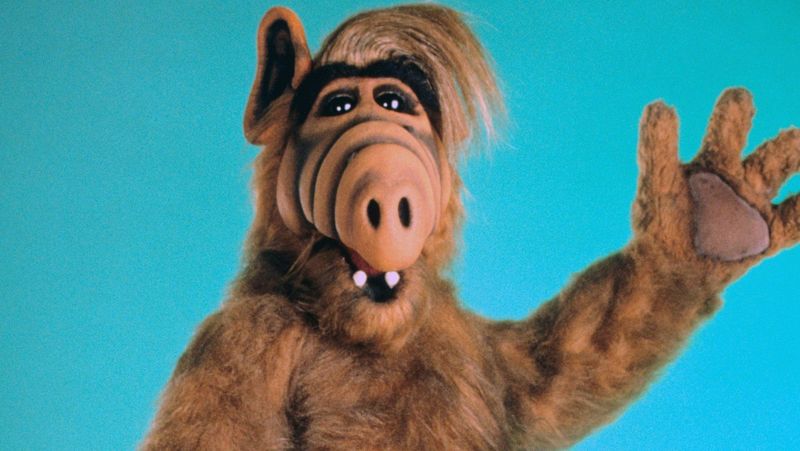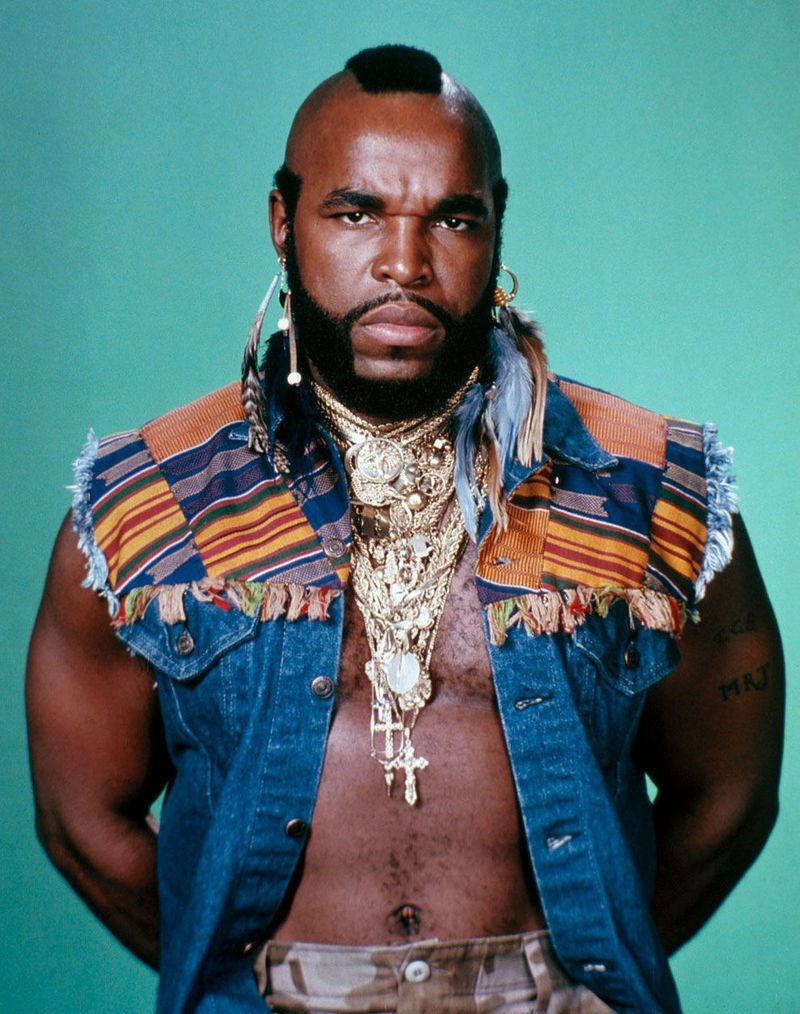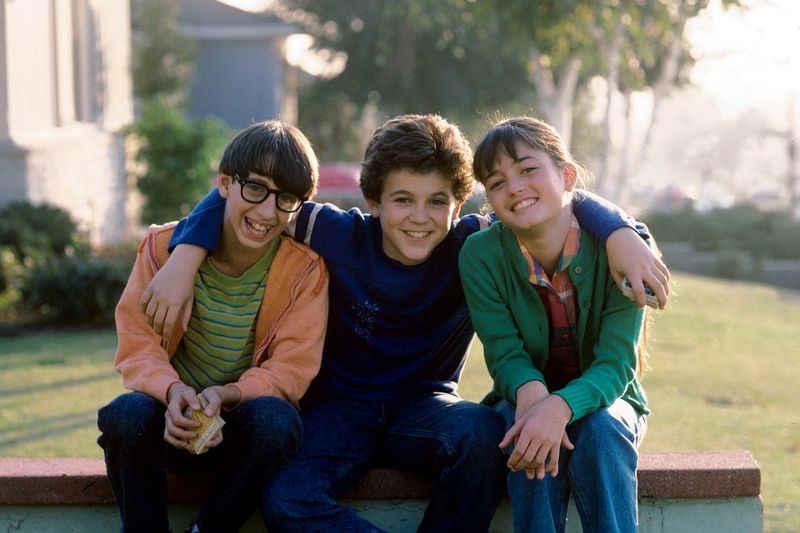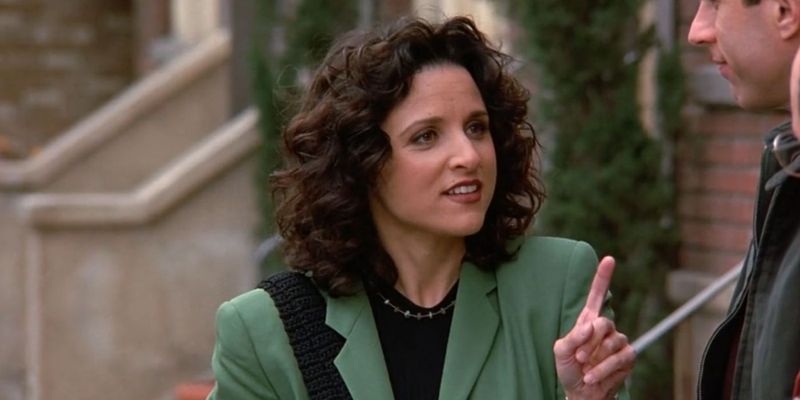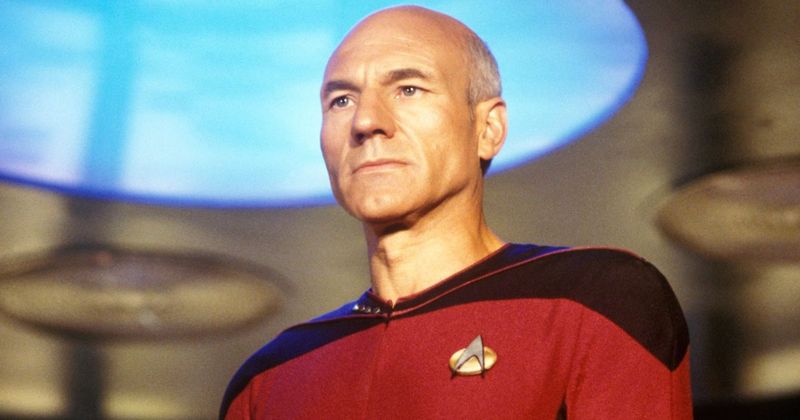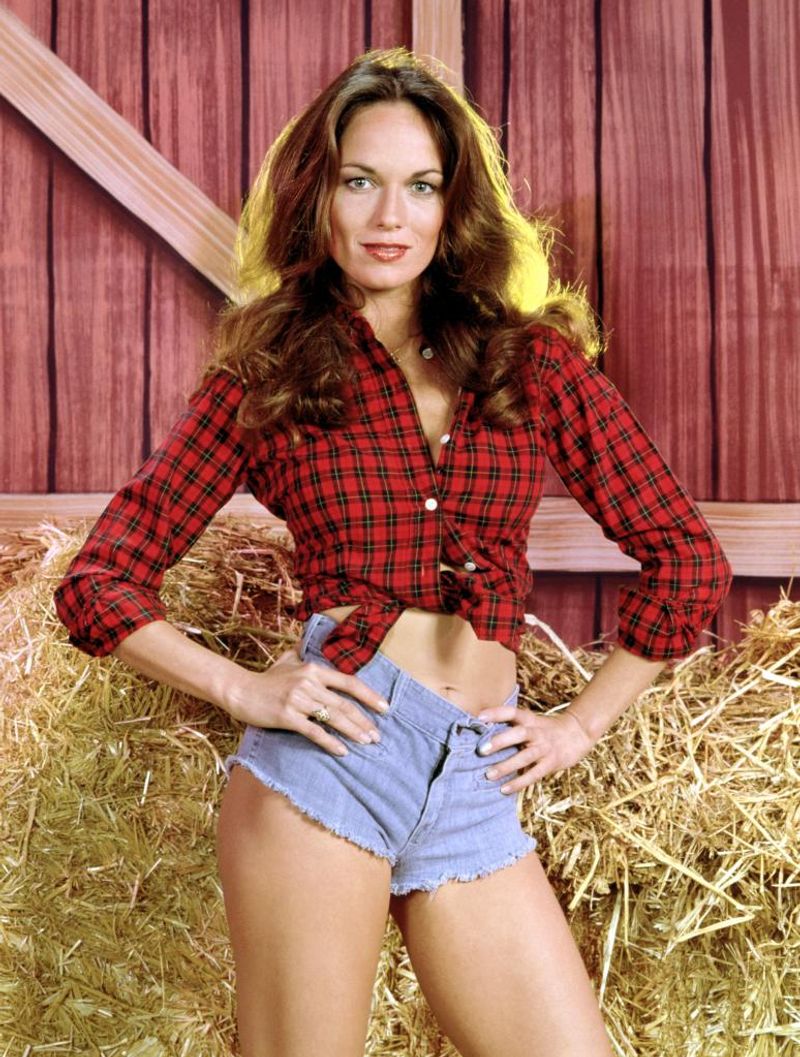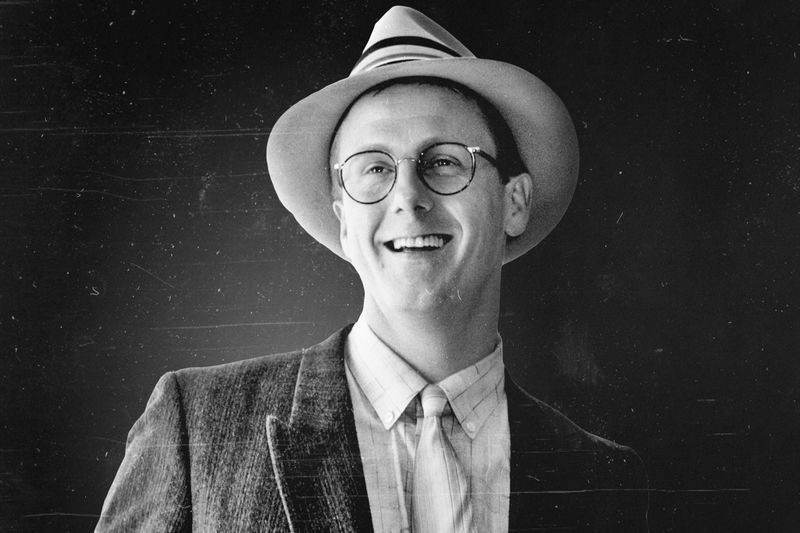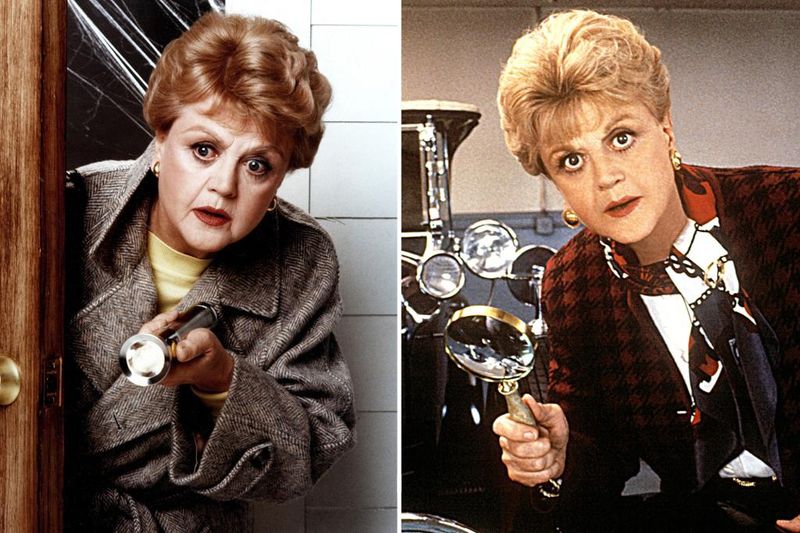The 1980s gave us some of the coolest TV characters ever. These small-screen heroes and rebels weren’t just entertaining—they shaped how we dressed, talked, and dreamed about our futures. From crime-fighting detectives with talking cars to alien visitors with attitudes, these characters made us wish we could trade places with them, even if just for a day.
1. Alex P. Keaton (Family Ties)
The ultimate Reagan-era teenager with briefcase in hand and economics on the brain. Michael J. Fox’s portrayal of this conservative kid in a liberal household struck gold with viewers everywhere. Despite his political obsessions, Alex’s charm came from his hidden heart—always there for his family when it counted. His combination of ambition and vulnerability made him relatable even when he was being insufferably smug.
2. The Fonz (Happy Days)
Leather jacket. Perfect hair. The ability to start a jukebox with one magical punch. Arthur Fonzarelli embodied cool before most of us even understood the concept. Henry Winkler’s iconic character taught an entire generation that confidence was everything. The Fonz could fix any mechanical object, attract any woman, and solve any problem with his signature “Ayyyyy!” and thumbs up.
3. MacGyver (MacGyver)
Who needs guns when you’ve got a Swiss Army knife and scientific know-how? Richard Dean Anderson’s mullet-sporting secret agent redefined heroism through brain power instead of firepower. MacGyver could disarm a missile with a paperclip or escape a locked room with chewing gum. His resourcefulness under pressure made science suddenly seem like the coolest subject in school. That iconic theme music still triggers the urge to solve problems with household items.
4. Thomas Magnum (Magnum, P.I.)
Tom Selleck’s mustachioed private investigator lived the dream in paradise. Hawaiian shirts, a Ferrari that wasn’t technically his, and a gorgeous beachfront estate (also not technically his)—what wasn’t to envy? Magnum balanced laid-back charm with surprising depth, a Vietnam vet who never lost his sense of humor. His narration broke the fourth wall before it was cool, making viewers feel like his confidants.
5. Bo Duke (The Dukes of Hazzard)
John Schneider’s rebellious good ol’ boy represented freedom in its purest form. Racing through Hazzard County in the General Lee, outrunning corrupt officials, and always landing on his feet with a smile. Those impossible car jumps and wild escapes captured our imagination. Bo wasn’t complicated—he stood for loyalty to family, fighting corruption, and living by his own rules. Plus, he made denim-on-denim look impossibly cool decades before it became hipster fashion.
6. Michael Knight (Knight Rider)
David Hasselhoff’s leather-jacketed hero had the ultimate work partner—a talking car with artificial intelligence. Their banter made crime-fighting seem like a buddy comedy with awesome gadgets. Knight’s backstory was pure fantasy fulfillment: a regular cop given a new face, identity, and high-tech tools. KITT’s red scanner light and voice became cultural touchstones, representing the optimistic future technology promised in the ’80s.
7. Hawkeye Pierce (M*A*S*H)
Alan Alda’s brilliant surgeon used humor as medicine in the Korean War. Though M*A*S*H began in the ’70s, Hawkeye remained television’s most beloved doctor well into the ’80s. His perfect balance of irreverence toward authority and deep compassion for patients made him revolutionary. Hawkeye showed that being anti-war wasn’t unpatriotic—it was deeply human. The martini-drinking prankster could transition from hilarious to heartbreaking in seconds, showing men could be both funny and vulnerable.
8. Sam Malone (Cheers)
Former baseball star turned bar owner? Ted Danson’s character lived the second-act dream that many failed athletes fantasize about. His Boston bar became TV’s most famous watering hole. Sam’s effortless charm with women (except Diane) made him legendary. The reformed alcoholic running a bar created compelling tension beneath his easy-going exterior. His catchphrase—”What can I get you?”—symbolized the simple appeal of Cheers: a place where everybody knows your name.
9. Kermit the Frog (The Muppet Show)
The world’s most famous amphibian showed that nice guys could finish first. As the straight-man ringleader of The Muppet Show’s chaos, Kermit balanced exasperation with kindness. His romance with Miss Piggy taught valuable lessons about relationships. Despite constant stress from managing temperamental stars and exploding acts, he never lost his optimism. That distinctive voice delivering “Hi-ho, Kermit the Frog here” made even the most chaotic situations seem manageable.
10. Sonny Crockett (Miami Vice)
Don Johnson’s undercover detective redefined television style. The pastel suits, designer stubble, and Ray-Ban sunglasses launched fashion trends worldwide and made police work look impossibly glamorous. Living on a sailboat with a pet alligator named Elvis? Pure ’80s fantasy. Crockett’s Ferrari Testarossa became as iconic as the character himself. His complex morality—a good cop walking the line between law and lawlessness—added depth beneath the stylish surface.
11. Mike Seaver (Growing Pains)
Kirk Cameron’s troublemaking teen with the perfect hair captured the essence of ’80s adolescence. His schemes constantly backfired, yet he remained endearingly optimistic about the next one. Mike’s relationship with his psychiatrist father created comedy gold. Unlike other TV teens, he wasn’t particularly cool or smooth—his awkwardness made him relatable to real teenagers struggling through high school. His bedroom posters and casual style became the blueprint for teen decor nationwide.
12. Punky Brewster (Punky Brewster)
Soleil Moon Frye’s orphan with mismatched clothes and boundless optimism taught a generation about resilience. Her colorful wardrobe—especially those mismatched shoes—became a fashion statement for young girls everywhere. Punky’s “Punky Power” wasn’t just a catchphrase; it represented believing in yourself against all odds. Her found family with grumpy old Henry showed that families come in all forms. Plus, she had the coolest treehouse and the best dog, Brandon.
13. ALF (ALF)
The furry alien from Melmac crashed into suburban America and our hearts. With his sarcastic wit and questionable desire to eat cats, ALF (Alien Life Form) brought chaos to the Tanner household. His puppet form somehow felt more real than many human characters on TV. Behind the wisecracks was a lonely being trapped on a strange planet, giving the comedy surprising emotional depth. Gordon Shumway (his real name) proved aliens could be relatable—if rather hairy.
14. B.A. Baracus (The A-Team)
Mr. T’s gold-draped enforcer with a mohawk and attitude became the standout star of this action ensemble. His catchphrase “I pity the fool” entered everyday language, while his fear of flying humanized the otherwise tough character. B.A.’s mechanical genius saved the team repeatedly. Despite his gruff exterior, his soft spot for kids revealed the heart beneath the muscles. Those customized vans he built made every kid want to become a mechanic overnight.
15. Kevin Arnold (The Wonder Years)
Fred Savage’s suburban everykid navigating life in the late ’60s and early ’70s made growing up seem both ordinary and extraordinary. His crush on Winnie Cooper mirrored every viewer’s first love experience. Kevin wasn’t exceptional—that was his appeal. The narration from his older self added wisdom to teenage fumbling, creating a time capsule of adolescence. His relationship with his gruff father showed the complicated dynamics of family life in ways rarely seen on TV.
16. Elaine Benes (Seinfeld)
Julia Louis-Dreyfus created television’s most relatable working woman. Though Seinfeld hit its stride in the ’90s, Elaine emerged in the late ’80s as the perfect foil to Jerry’s observational detachment. Her terrible dancing became legendary. Elaine broke the mold for female characters—she was neither a love interest nor a sidekick, just a hilariously flawed human with dating disasters and workplace frustrations. Her “get out” shove entered the physical comedy hall of fame instantly.
17. Captain Jean-Luc Picard (Star Trek: The Next Generation)
Patrick Stewart’s bald, British starship captain redefined leadership for a generation. His thoughtful, diplomatic approach to command contrasted sharply with Kirk’s more impulsive style from the original series. Picard showed that intellect could be heroic. His famous “Make it so” and “Engage” commands conveyed authority without bombast. The tea-drinking, Shakespeare-quoting captain demonstrated that culture and refinement belonged even in the final frontier.
18. Daisy Duke (The Dukes of Hazzard)
Catherine Bach’s country beauty with brains and driving skills proved women could be both sexy and capable. Those famous shorts (literally named after her) became so iconic they entered the fashion lexicon permanently. Daisy wasn’t just eye candy—she frequently outsmarted Boss Hogg and saved her cousins from trouble. Working at the Boar’s Nest while studying for her degree, she represented small-town ambition. Her combination of independence and family loyalty made her revolutionary for ’80s television.
19. Judge Harry Stone (Night Court)
Harry Anderson’s magic-loving night court judge brought whimsy to the justice system. His collection of Mel Tormé records and practical jokes contrasted with his position of authority, creating delightful tension. Judge Stone’s youthful appointment to the bench made him an underdog. His compassion for the parade of oddballs in his Manhattan court showed justice could be both fair and human. Those magic tricks performed between cases suggested law and magic weren’t so different—both required sleight of hand.
20. Jessica Fletcher (Murder, She Wrote)
Angela Lansbury’s mystery-writing widow from Cabot Cove turned amateur sleuthing into a second career. Her gentle manner masked a razor-sharp mind that could untangle the most complex murders. Jessica proved that older women could lead hit TV shows. Her bicycle rides through her Maine hometown became iconic, though friends might have noticed the alarming murder rate wherever she traveled. Fletcher’s independence and intelligence inspired countless viewers to believe it’s never too late for new adventures.
